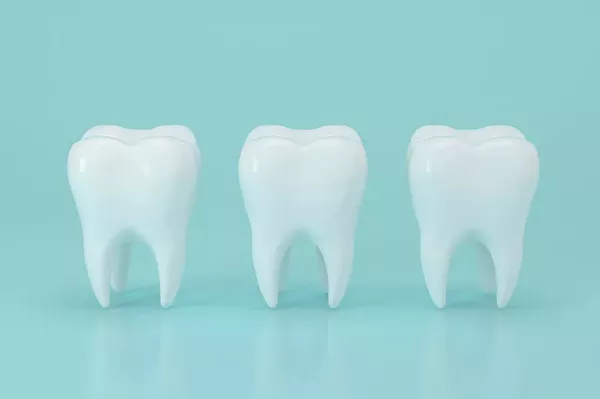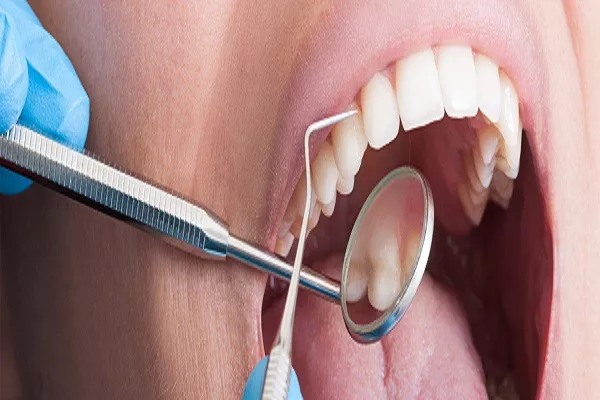Periodontitis, also known as gum disease, is a common dental condition that can lead to the loss of teeth if left untreated. The treatment of periodontitis is important to prevent further damage to the gums, teeth, and bone supporting the teeth. Here are the steps dentists typically take to treat periodontitis:
Deep cleaning: The first step in treating periodontitis is a deep cleaning called scaling and root planing. This process involves removing plaque and tartar from the teeth and roots below the gumline, as well as smoothing the root surfaces to help prevent future buildup.
Antibiotics: Antibiotics may be prescribed in conjunction with scaling and root planing to help control the bacterial infection and prevent further damage to the gums and bone.
Surgery: In severe cases of periodontitis, surgery may be necessary to remove damaged tissue, reshape bone, or graft new bone onto damaged areas.
Maintenance: After treatment, it is important to maintain good oral hygiene practices and attend regular dental check-ups and cleanings to prevent further gum disease from developing.
Periodontitis is a serious dental condition that requires professional treatment to prevent further damage and tooth loss. If you are experiencing symptoms of periodontitis such as bleeding gums, swelling, or pain, it is important to seek dental treatment as soon as possible. Your dentist can evaluate your condition and recommend an appropriate treatment plan based on the severity of your gum disease. With proper treatment and maintenance, you can manage periodontitis and maintain a healthy, beautiful smile.
































